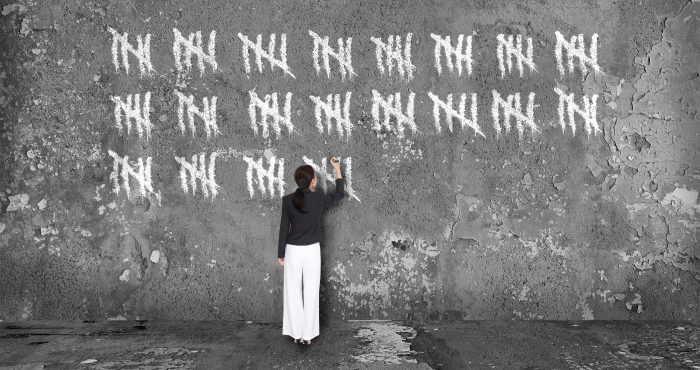
The period between Passover and Shavuot marks two kinds of movement through time: the passage of the seven weeks between the barley offering and the first wheat offering at the ancient Temple during these spring festivals, and the transition from slavery to true liberation. On Passover, we leave Egypt, but on Shavuot we receive the Torah, which gives us our purpose as a people, answering the question of the ultimate goal of our collective freedom. For many people, the “counting of the Omer”—these 49 days—provides a time for reflection and growth, often using the seven “lower” emanations of God in the kabbalistic system as spiritual themes for each day and week. Another extraordinary approach offers the opportunity to meditate each day on a biblical woman whose life reflects the mystical qualities associated with that day.
Join us for a special event and receive a new booklet of readings and creative prompts to guide you through the Festival of Lights.
Bring your candles, your curiosity, your voice, and your yearning.
Subscribe for the latest rituals, online learning opportunities, and unique Judaica finds from our store.